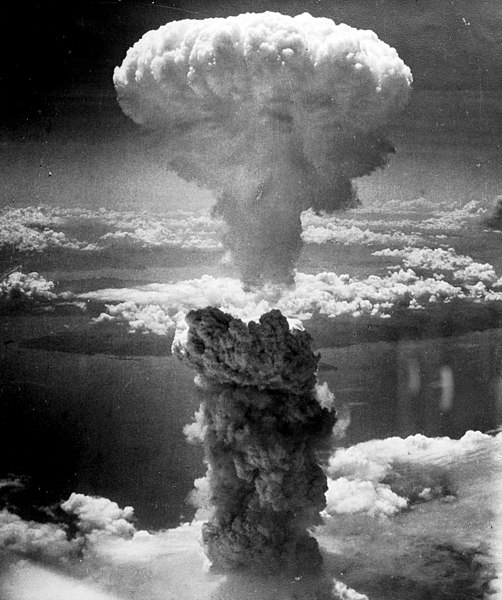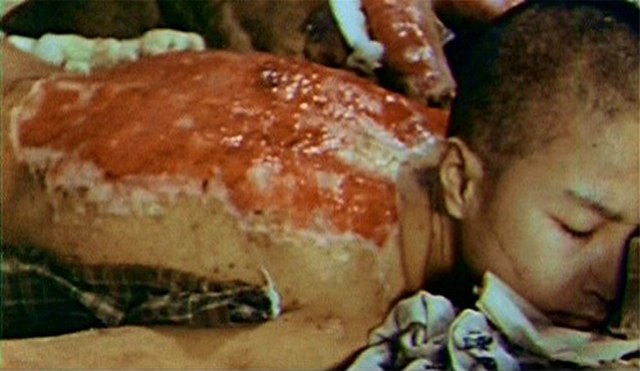The nuclear arms race was an arms race competition for supremacy in nuclear warfare between the United States, the Soviet Union, and their respective allies during the Cold War. During this same period, in addition to the American and Soviet nuclear stockpiles, other countries developed nuclear weapons, though no other country engaged in warhead production on nearly the same scale as the two superpowers.
Image: Crossroads baker explosion
Image: Moscow Parad 2008 Ballist
Image: LGM 30 Minuteman II
Image: Castle Romeo
Nuclear warfare, also known as atomic warfare, is a military conflict or prepared political strategy that deploys nuclear weaponry. Nuclear weapons are weapons of mass destruction; in contrast to conventional warfare, nuclear warfare can produce destruction in a much shorter time and can have a long-lasting radiological result. A major nuclear exchange would likely have long-term effects, primarily from the fallout released, and could also lead to secondary effects, such as "nuclear winter", nuclear famine, and societal collapse. A global thermonuclear war with Cold War-era stockpiles, or even with the current smaller stockpiles, may lead to various scenarios including the extinction of the human species.
The mushroom cloud over Hiroshima following the detonation of the Little Boy nuclear bomb on 6 August 1945. The atomic bombings of Hiroshima and Nagasaki remain the first and only wartime uses of nuclear weapons in history.
Mushroom cloud from the atomic explosion over Nagasaki rising 18,000 m (59,000 ft) into the air on the morning of August 9, 1945.
A photograph of Sumiteru Taniguchi's back injuries taken in January 1946 by a U.S. Marine photographer
Hypocenter of Atomic bomb in Nagasaki








